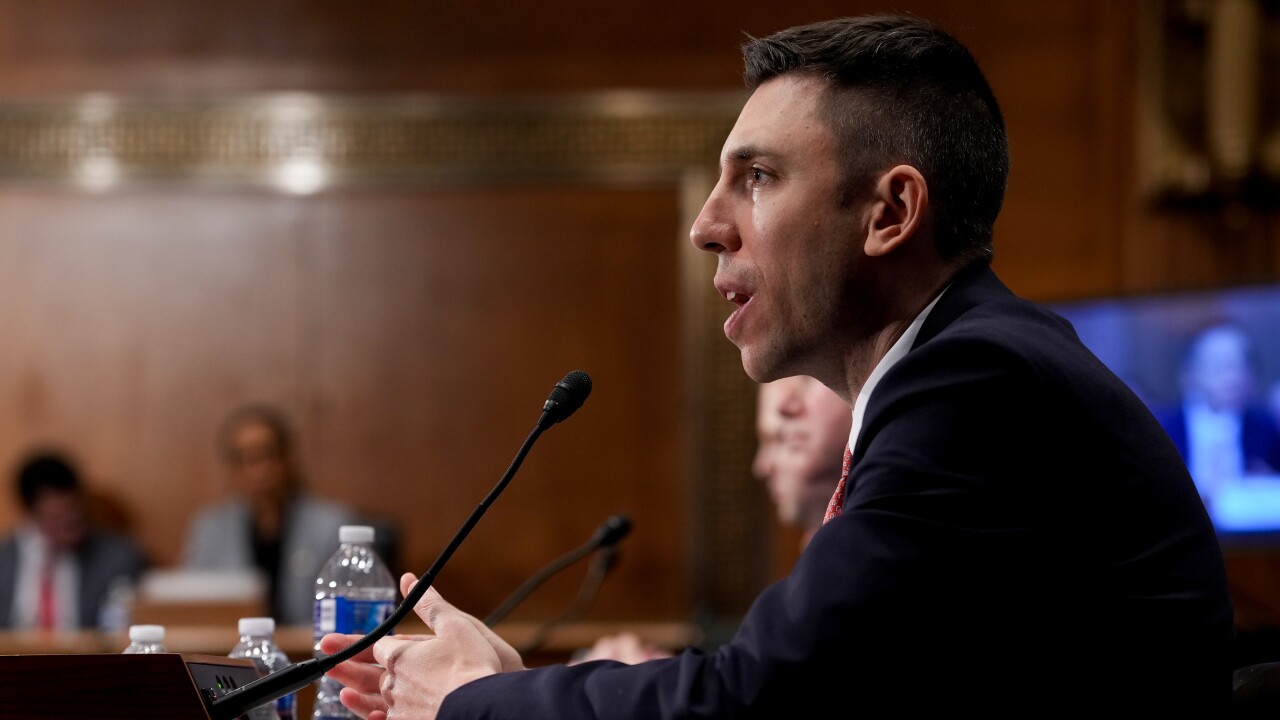From exchange rates to IBANs, there’s a lot to keep track of when it comes to international payments. Whether you’re sending funds through a solution provider or your bank, you’re required to supply a wide range of information to ensure your payments arrive successfully into your vendor’s bank account.
Worse still, no process is sacred in this ever-evolving financial landscape, and there’s no guarantee that what is required today will be accurate tomorrow. Countries shift, enter different agreements, and depart from old processes. From the other side of the world, those unexpected changes have a big impact on even the most seasoned AP staff, and keeping up can feel like an uphill battle.
Even though countries have additional requirements, a core list of pertinent information stays relevant to every country. These are the most basic details needed to send payments: receiver’s full legal name; receiver’s full legal address; receiver’s country; receiver’s account number/IBAN; bank SWIFT/BIC code; bank’s address and the bank's country.

Sounds like a lot already, right? But wait, there’s more.
These days, basic banking details are rarely enough to ensure successful international payments. Usually at least one other piece of information is required to make sure your money is sent to the correct location. Some examples are:
Routing numbers. Routing numbers are becoming essential to identifying destinations. AP veterans are likely familiar with SWIFT codes, and these days, several bank locations may share a single SWIFT. However, each will have a routing number unique to its location. Knowing the exact branch to which funds should be sent is key to making sure they reach their intended recipient. The solution? Provide the routing number whenever possible — even if it’s not required — to avoid mispayments.Some countries prefer their that banks call their clients when a payment is submitting into their account. This is either so the client can either approve the release of the funds or fill out additional forms required by their government to ensure the transaction is legal.
Generally, if their government requires it, your vendor will provide their Tax ID number to you along with their banking details. Keep a weather eye open for the countries that have different Tax IDs for companies and individuals, such as the Social Security number and the Tax ID in the U.S.
Some countries forgo the payment legitimacy debate altogether and simply request a copy of the invoice. From that, they determine whether payments are being made for genuine business causes.
At no fault to your company, vendor, bank, or solution provider, the Office of Foreign Assets Control may occasionally stop payments sent to certain individuals whose names match blacklisted ones.
For example, if you’re trying to send money to John Doe, but a separate John Doe has committed fraud and is on the OFAC watchlist, they may stop your payment and ask for the vendor’s birth date. This is the best distinguishing information OFAC has between two people with the same name. While measures to prevent this sort of delay are absent, knowing that it’s a possibility reduces the impact on your company and vendor.
When it comes to international business, even the most practiced banks will provide lists of necessary banking details and put an open-ended “other country-specific requirements” option at the bottom. Because each country asks for different information, it can take pages to outline each unique instance. For example, India requires an ISFC code (their routing number). Mexico requires a CLABE (Clave Bancaria Estandarsada) number in place of the account number. Russia requires a slew of codes, Tax IDs, and (in the case of individuals) patronymic names. Most EU countries require the IBAN in place of an account number. Luckily for those sending money to European countries, if a country requires an IBAN, additional information is rarely needed.
Should you wish to see a complete list of country-specific requirements, be sure to ask your bank or payment automation provider — most have lists prepared which outline this information.
When done incorrectly, sending money to other countries causes a lot of headache for AP staff, who must hunt down incorrect payments and figure out how to fix them. It may also be expensive to remedy missing information after your payment has changed currency. Depending on the rate at the time, exchanging funds to a different currency and then back again (in the event funds are returned to you) can potentially lose you money, especially in poorer and more erratic market conditions.
Why are there varying requirements per country anyway? Governments use varying methods for tracking the flow of money in and out of the country in order to deter fraud and money laundering. Though it may be a pain to keep track of each instance, it is needed to avoid fraud.
It can be daunting to follow along with every country’s shifting requirements — and some banks ask that you maintain it all in-house.





